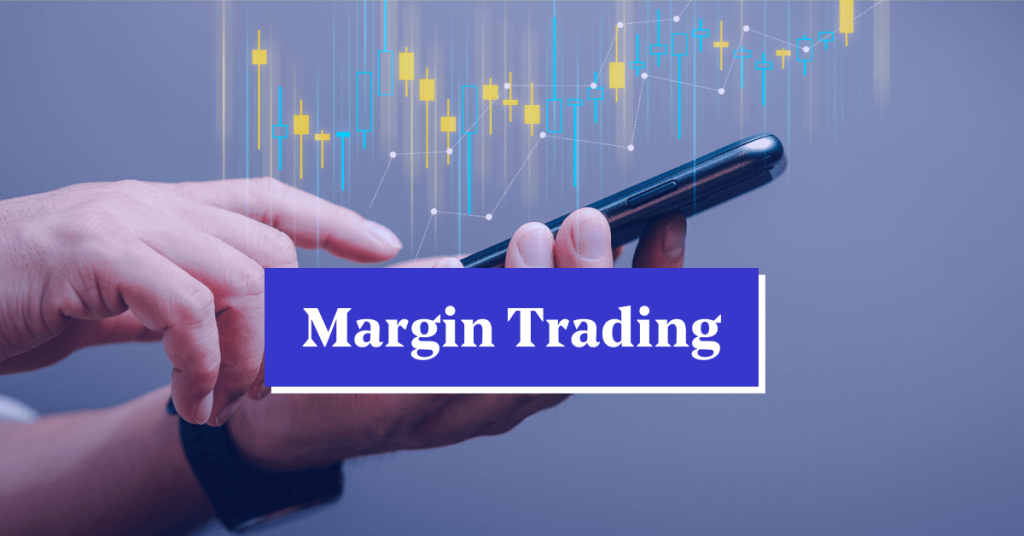Margin trading is a facility offered by brokers that brings in securities by one part of the value already paid, while the remaining will be funded by the broker, and on that amount, the trader would pay the borrowed part as interest. Margin trading is basically intended to provide the leverage to increase the market exposure, but in certain situations, it also adds complications. Tools like an MTF calculator help estimate margins and interest costs, but risks remain if trading decisions are not planned carefully.
The 10 scenarios when margin trading would become impractical are as follows:
1. No knowledge of leverage.
Often, traders enter margin trading new and do not know very well what leverage is all about. Investing in securities, many times, the value of available funds seems attractive, but small price movements can create large gains or losses. Not using an MTF calculator to estimate the exposure potentially leaves traders astray in capital-at-risk considerations.
2. Simply Holding Positions for a Long Time.
Holding a position in a margin account usually incurs daily interest on the funds borrowed, even if the percentage is very low; the accumulated amount over weeks or months costs more. The longer the holding period, the more expensive the margin trade becomes, mainly because the profit from the security does not exceed the financing cost.
3. Traders ignore margin calls.
Fearful of losing more equity in the event of a decline in the value of the securities held, the trader would ideally have to add more funds to meet the required margin. Ignorance of such margin calls leads automatically to the liquidation of these positions without notice to traders who have made their investments solely on initial capital without keeping aside some extra funds.
4. Trading Illiquid Stocks
In this context, margin trading is very much discouraged for illiquid securities. Very few trade makes exiting positions very difficult and almost impossible, leading to larger exposures on carrying losses. Without sufficient buyers and sellers, executing trades becomes challenging, regardless of the interest costs calculated on an MTF calculator.
5. Market Fluctuations
A small adverse move could result in losses exceeding the total value that exceeded the cash margin deposited.
Traders exposed during such periods might have their capital erode through considerable drawdowns before much could be done.
6. Over-Leveraging Positions
Using exposure several times beyond the amount of capital one had applied is dangerous. Even tools like an MTF calculator cannot free traders from making miscalculations as to the power of choosing exposure levels. When unfavorable stock price movements happen, such losses could exceed the entrance margin contribution, resulting in debt provisions beyond the original investment.
7. Dependence on Short-Term News Events
Margin trading that operates solely on limited short-run speculation, leaks in news, or hyperlinks is at a high risk of error. When a news event’s results don’t correspond to contrary beliefs, leveraged positions would instantly jump into those losses.
8. No Risk Management Tools
Traders doing margin trading without stop-loss orders or hedging shall assume much risk. The stop-loss order would reduce downside, but many first-time margin traders don’t have this in practice. Most of the time, bad luck actions have the potential to wipe out the margin capital.
9. Holding for Long-Term Goals Using Margin Trading
Borrowing money to stay with securities in the margin link for future goals of investing means increased costs as a result of interest accumulation. For years in which these goals lie, the costs of financing in margin trading exceed the expected benefits, making this an unsuitable avenue.
10. Miscalculation in Total Costs
The MTF calculator is a resource for estimating interest payable on funds borrowed, but traders ignore some costs tied to pledges, transaction costs, and account maintenance costs. Added together, these give the margin trades a greater break-even point based on the underlying interest. Traders who only consider interest are underestimating the real cost of their position.
Conclusion
Margin funding enables a trader to enhance buying power and take part in larger trades using borrowed funds from a broker. With it, the risk can make it inappropriate in many situations. Lack of knowledge of leverage, long holding periods, ignoring margin calls, trading in illiquid securities, volatile conditions, over-leveraging, speculative news-based trading, absence of risk management, using margin for long-term goals, and underestimating total costs are situations wherein margin trading can result in deferred potential for huge losses.
You may also like
-
How to get the best CAD to Euro exchange rate when transferring money
-
How to Make International Money Transfers: A Complete Guide for Businesses
-
The Full Lifecycle of a Merchant Cash Advance: From Application to Repayment
-
7 Venture Ideas that Can Help You Make More in Less!
-
QuickBooks Remote Access Setup & Support 2025

